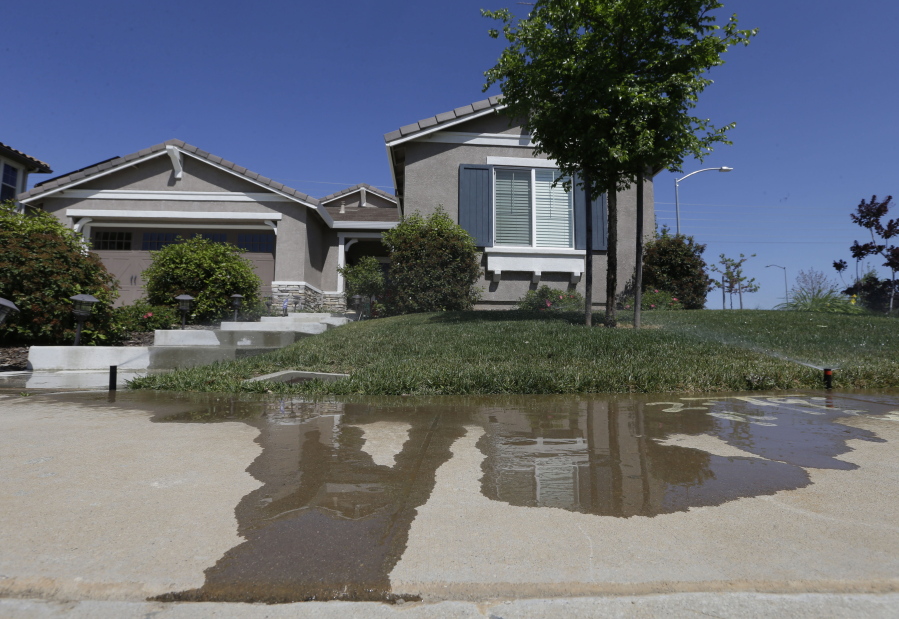SACRAMENTO, Calif. — Californians will face mandatory restrictions governing how they can water their lawns and wash their cars for the second time in less than a decade as the state withers under another drought.
The rules adopted Tuesday by the State Water Resources Control Board are fairly mild — no watering lawns for 48 hours after a rainstorm or letting sprinklers run onto the sidewalk— and could take effect as soon as the end of the month. Scofflaws could face $500 daily fines, though regulators say they expect such fines will be rare, as they were in the last drought.
The action comes as Californians continue to fall short on Gov. Gavin Newsom’s call for a voluntary 15 percent reduction in water use compared to last year. Between July and November, the state’s water usage went down just 6 percent.
The new restrictions follow an extremely wet December that state officials warned may not continue during the winter months that normally are the state’s wettest. Weather patterns have become more unpredictable due to climate change and state climatologist Michael Anderson said forecasts show January, February and March could be drier than average.



